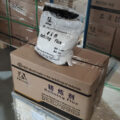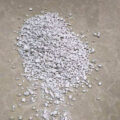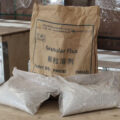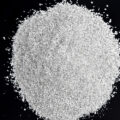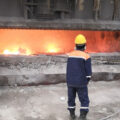Flux for Molten Metal Refining is an environmentally friendly refining agent used in aluminium and aluminium alloys smelter and foundry.
Powder fluxes possess certain disadvantages such as dusting during application, toxic fume emissions. This causes health hazard to the workers and environmental problems. The powder fluxes also pose a problem of inconsistent efficiency due to the morphology of the powder. To overcome these disadvantages, dust free granulated fluxes have been developed.
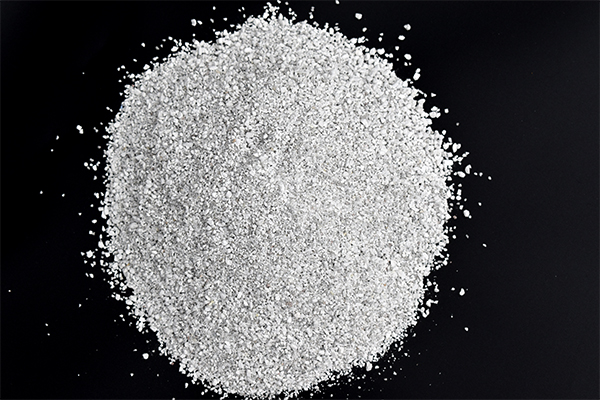
The molten metal needs to be refined and filtered to remove the harmful gas hydrogen and non-metallic inclusions in the metal to improve the purity of the metal.
Flux for Molten Metal Refining is generally based on chloride salts and can also be used as refining agents for hexachloroethane instead of chloride salts.
In the early days, highly active chlorine gas was used as a gas refining agent. Although the purification effect was good, it caused serious environmental pollution. Therefore, nitrogen-chlorine mixed gas, inert gas and three gas (N2, Cl2, CO) refining agents were developed, and the effect was better.
In order to ensure the refining effect, the oxygen and moisture content in the refining gas should generally be less than 0.03% (volume) and 0.3 g/m3, respectively.
Smelting furnaces are mostly gas-fired reverberatory furnaces or oil-fired reverberatory furnaces, with a general capacity of more than 20-40 tons.
A resistance heating reverberatory furnace is also used, and the capacity is generally about 10 tons.
In order to shorten the furnace loading time, improve the smelting efficiency, reduce the gas absorption and get involved in the oxide film, the industry adopts the tilting top-loading circular furnace.
When smelting, it is best to use rapid analysis equipment to analyze the alloy composition and adjust it in time.
In order to ensure the purity of the melt, prevent the pollution of harmful gases and control the chemical composition, in addition to shortening the smelting time as much as possible, powdered fluxes mainly composed of potassium chloride and sodium chloride should be covered. The general dosage is 0.4 to 2%. Smelting temperature is usually controlled at 700 ~ 750 ℃.





